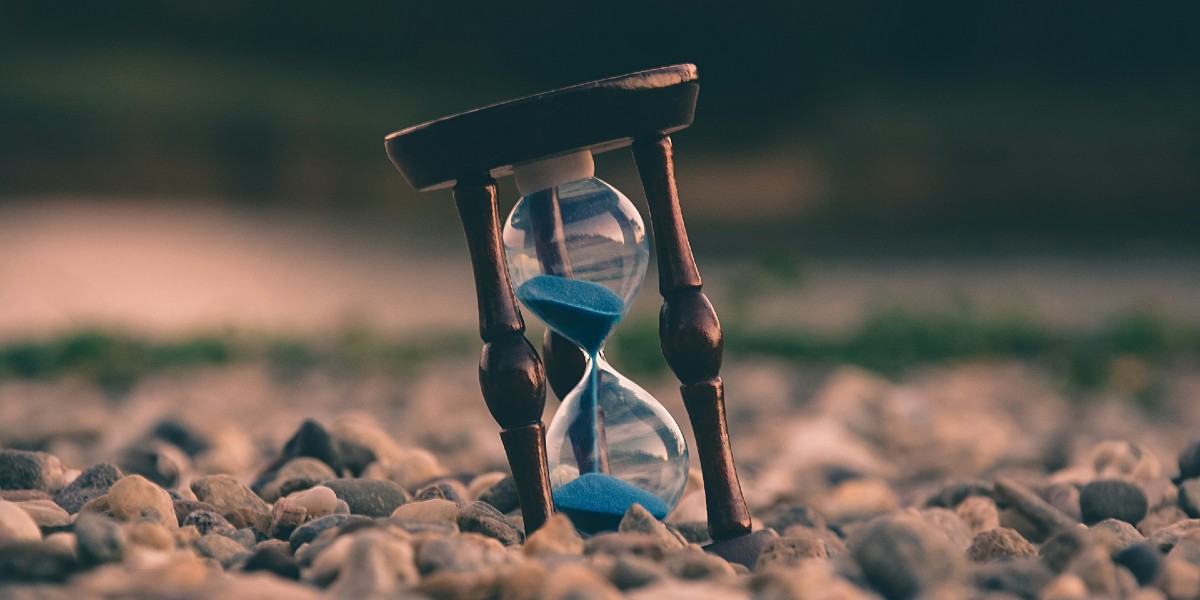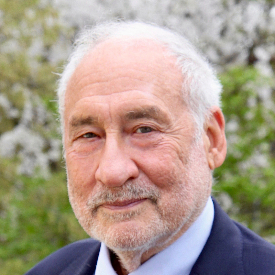Venki Ramakrishnan is a molecular biologist. He is best known for his work on how genetic information is used to make all the thousands of proteins that make up life. This process is central to many aspects of aging. He shares the 2009 Nobel Prize in Chemistry with Thomas Steitz and Ada Yonath for research about ribosomes. He is also a former president of the Royal Society of the UK.
Below, Venki shares five key insights from his new book, Why We Die: The New Science of Aging and the Quest for Immortality. Listen to the audio version—read by Venki himself—in the Next Big Idea App.

1. Awareness of our own mortality drives us.
One of the most traumatic experiences in life is to learn as a child that one day we will die and that everyone we know—from our parents to our siblings and friends—will die as well. We try our best to bury that knowledge, but anxiety about death has driven human culture throughout history. Religions offer various explanations of what happens when we die, but all of them think of death as a transition to something else. We often can’t even bring ourselves to say that someone we know died, and instead, we use euphemisms like passed or departed.
The knowledge of mortality is unique to humans. Animals instinctively fear death but are unaware that they have a limited lifespan. We are only aware of it because we have evolved a brain with consciousness, self-awareness, and language to communicate ideas.
What exactly is the kind of death that concerns us? Cells in our body die and are replaced all the time, but we don’t notice. Even when we die, most of our cells are still alive. Entire organs are alive and can be donated to transplant recipients. The death we fear is the loss of our ability to function as a conscious individual.
For most of human existence, there was little we could do about aging and death. But today, molecular biology promises to tackle the many causes of aging to grant us longer, healthier lives.
2. Lifespans among species vary enormously.
Butterflies and insects live for days or weeks, while giant tortoises and some sharks and whales can live for several hundred years. You might think that this is because a biological program in each species specifies how long it can live, but this isn’t so. Rather, evolution mainly tries to optimize our fitness—the term biologists use for the likelihood an organism has to pass on its genes.
On average, the larger the animal, the longer its lifespan. Whales, sharks, giant tortoises, and elephants all live longer than mice and rats. This is because it makes no sense for a small animal to age slowly if it is going to be eaten or starve to death fairly quickly. Those animals mature and reproduce fast so that their chances of raising offspring before they die increase. It is also why animals that can fly (and thus escape predators and forage widely) generally live much longer than animals of similar weight that are land-bound.
“Humans live almost twice as long as would be expected, given our weight.”
There are some curious exceptions to this—like us! Humans live almost twice as long as would be expected, given our weight. Of course, our life expectancy has doubled in the last hundred years because of improvements in public health and medicine.
One consequence of evolution optimizing our fitness is that the same things that help us grow and survive when we are young cause us to age when we’re older. Scientists have found that many things that prevent cancer early in life are the causes of aging later, after our reproductive window has passed. Evolution doesn’t care what happens to us after we have passed on our genes.
3. We have a natural limit to our lifespan, but it may be possible to exceed it someday.
Jeanne Calment lived to the age of 122, but in the 25 years since she died, nobody else has lived past 120. Even though the number of centenarians is growing yearly because of advances in medicine, the number of people living past 110 is not. About 120 years seems to be the limit of our natural lifespan.
Some animals, like hydra or a species of jellyfish, seem to have figured out ways to slow down or even reverse aging. Scientists are asking whether we can repeat nature’s tricks. In principle, there is no physical or chemical law dictating that our maximum lifespan must be 120 years. It is just that, practically, there are enormous difficulties. A lot of work is being done to get cells to revert back to an earlier stage of their development, but it will take major breakthroughs before we can benefit from these efforts.
4. Breakthroughs in understanding aging have some strange origins.
Damage to DNA is a fundamental cause of aging. The idea that our DNA can be damaged by external factors (like x-rays) came from Hermann Muller, a precocious, socialist American who spent time in Germany and Russia during the turbulent 1930s and managed the unique feat of provoking both the FBI and Stalin.
Our current understanding of dementia (like Alzheimer’s) goes way back to studies by Carleton Gajdusek, an American who figured out that brain disease was spreading among cannibals in New Guinea because they were eating the brains of diseased victims. Gajdusek was a brilliant researcher with the unfortunate distinction of being both a Nobel Prize winner and a convicted child molester.
“About 120 years seems to be the limit of our natural lifespan.”
Then there’s the story of rapamycin, a compound with the tantalizing potential to slow down aging. It was first identified as an anti-fungal agent in soil samples on Easter Island, also known as Rapa Nui. Scientist Suren Sehgal was so determined to continue researching it that he stored a large batch of bacteria that produced rapamycin in an ice-cream carton in his freezer and labeled it, “Don’t Eat!” as he moved it from Canada to New Jersey.
The field of aging is full of bizarre stories and shows how the work of curious scientists, often pursuing unrelated fundamental questions in biology, has made huge breakthroughs in longevity and human health. They’ve done this by studying all sorts of species, from baking yeast, worms, flies, and mice to giant tortoises and ugly creatures like naked mole rats.
5. Sometimes, common-sense advice works better than anti-aging medicine.
Attacking the causes of aging is a huge enterprise. Over the last ten years alone, more than 300,000 scientific papers on aging have been published. Over 700 startup companies, with many billions of dollars invested, have risen to tackle the causes of aging. Some of the more promising ventures are seeking compounds that mimic the effect of eating a low-calorie diet; destroying aged cells called senescent cells that cause inflammation; trying to reprogram cells to take them back to an earlier state; and trying to identify factors in young blood which when transfused into older animals seems to alleviate many symptoms of aging.
While we wait for these smart scientists to use increasingly powerful tools to make breakthroughs, there are things we can do immediately. Some age-old advice still works better than anti-aging medicine currently on the market: exercise regularly, eat healthily and moderately, and get adequate sleep. For the first time, aging researchers are showing how the underlying biology explains exactly why this tried-and-true advice works so well.
To listen to the audio version read by author Venki Ramakrishnan, download the Next Big Idea App today:
































